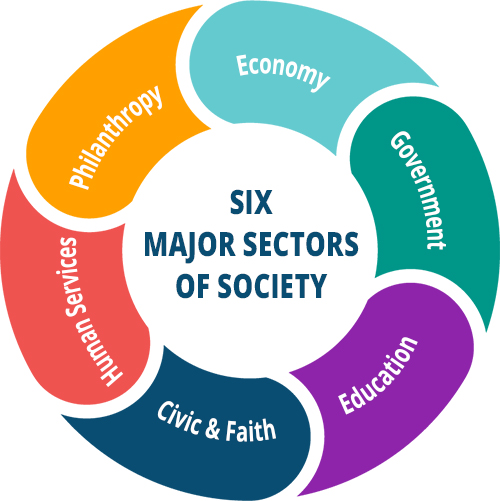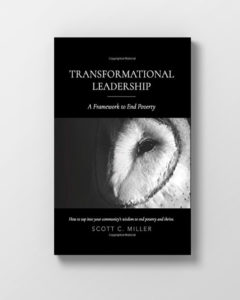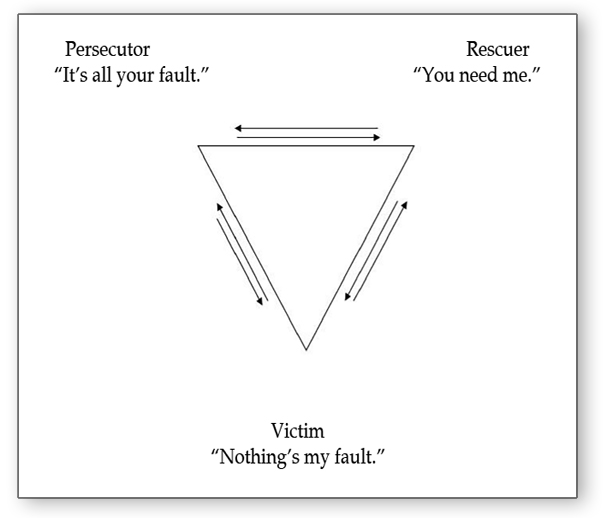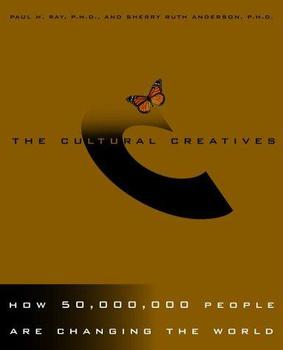Ending poverty in the United States means embracing a radically new economy that makes it possible for everyone to have enough money, meaning, and friends.

Circles USA is an intentional community-building process, building relationships between haves and have-nots for the purpose of giving everyone involved more peace of mind regarding money. Whether you are Libertarian, Socialist, Democrat, or Republican, one thing we do have in common is the fear of being controlled by others who may not have our best interests in mind.
Money has long been a way to control the behavior of others. One of many paths to freedom is to determine what amount of money one absolutely needs to be happy and then decide that this is enough money to have rolling in each month.
If you Google “how much money to be happy,” you will find several articles related to recent Princeton and Town and Country surveys. Bottom-line: Making about $75,000 to $95,000 a year is very satisfying to most people. After that, people are often chasing more money but getting diminishing returns on happiness from it. However, 75% of U.S. households make less than $75,000 a year. So, this means three of every four homes may want and might need to make more money. Conversely, the other 25% may do well to relax their attention on making money and find new ways to help others.
Science shows that the stress hormone cortisol goes down when we are focused on helping others. Having an economic system that incentivizes giving to others is attractive to those who want to evolve into happier beings. For those who have made a lot of money and noticed the limits of its ability to make them happy (think of the modernists described in Cultural Creatives) or for those who cannot see a pathway to making larger sums of money, shareable economies offer hopeful alternatives.

The Nature of Humans is to Evolve Consciousness.
Numerous systems have been constructed to help define various levels of consciousness. Those of us who aspire to live more like Jesus, or Buddha, or Krishna, or other spiritual masters require structures that can help us attain higher levels of consciousness. Belonging to a group, studying spiritual teachings, and walking the talk is all-important. But what about the economy that we use to meet our needs and to serve others? Is it reinforcing our spiritual goals? Perhaps it holds us back, and we should upgrade to a system that better supports the well-being of all.
Sharing economies will likely become more popular with 75% of Americans living on less than $75,000 a year and who are exhausted, discouraged, and ready to give up on the old American Dream. According to a 2017 Banking Rates survey, more than half of Americans (57 percent) have less than $1,000 in their savings accounts.
We do not yet have a collective understanding of how to manage money. We have yet to formalize financial education for our citizens through the public schools. It’s like telling the people that they are going to live in the ocean, but they won’t be getting mandatory swimming lessons. Should we then be surprised that so many drown?
It’s time to align the American Dream with a newfound sense of how much is enough.
From the book: Enough Money, Meaning & Friends ~ By Scott C. Miller
To learn more about Scott Miller, please see his website here.

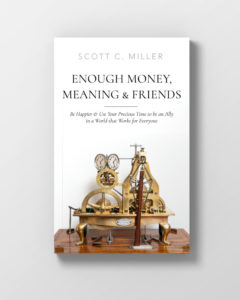
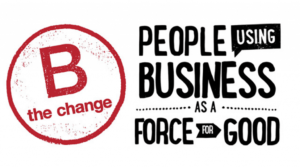 Paul Poler, CEO of Unilever, a massive multinational corporation, wrote an editorial in the
Huffington Post in July 2014. Poler realized such a shift cannot happen in a vacuum. The driving force for companies cannot continue to be posting quarter-to-quarter gains. Not only is it too hard on both people and the environment and it’s not sustainable.
Paul Poler, CEO of Unilever, a massive multinational corporation, wrote an editorial in the
Huffington Post in July 2014. Poler realized such a shift cannot happen in a vacuum. The driving force for companies cannot continue to be posting quarter-to-quarter gains. Not only is it too hard on both people and the environment and it’s not sustainable.